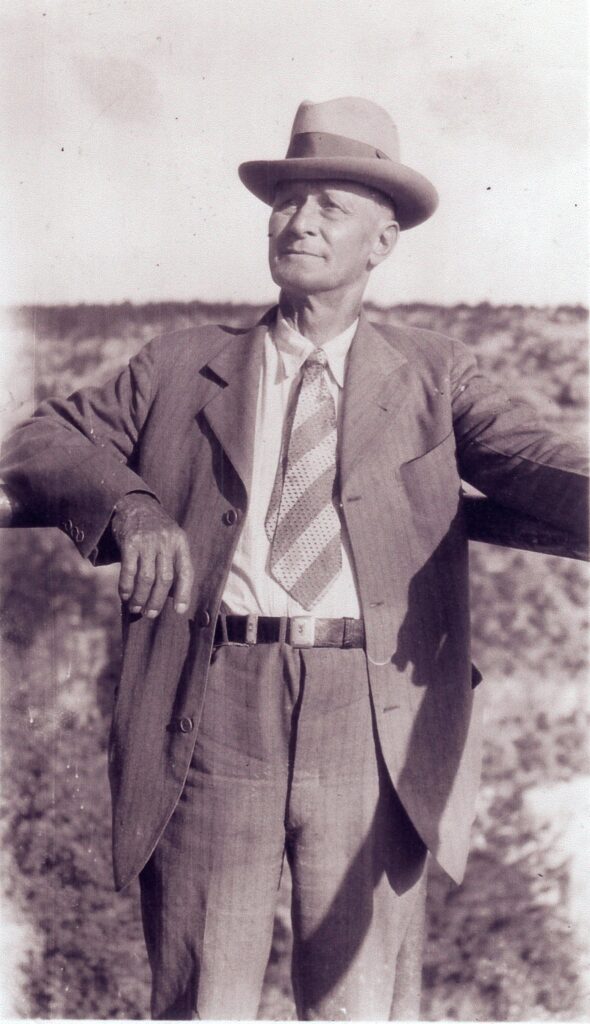Some months ago, I read in Dr. William Wolfgang’s manuscript on Charles Edwards, about the R. E. Edwards and the F. B. Hine families attending the World’s Columbian Exposition, also known as the Chicago World’s Fair, 130 years ago in October1893.
In January, 1893 the Kinsley ladies formed the Woman’s Columbian Club. Their purpose was to aid the Women’s Exhibit at the upcoming fair. They encouraged all Kansas women to plan on entering their work in the following categories: Decorative-Art Needlework, House-Furnishing Articles, Fine Arts (painting, pastels wood carving), Domestic (canning, cheese, dairy), Charity & Church Work, Literature, Music, Statistics (history of women & employment), Live Stock (poultry, bees, domestic animals) Patents (granted to women), Taxidermy, and Press. Just like the men, it was really an honor to have work chosen for world-wide exhibition.
Researching in newspapers.com, I found men were encouraged to participate in the Kansas Building at the fair because it would be a good way to promote Kansas agricultural and other products. Men exhibited their prize-winning grain, produce, inventions and manufactured items. An artistic recreation of train routes made from dried corn and grains lined the walls of the upper floor of this building. One popular exhibit was the University of Kansas’ panorama of 121 specimens of large North American animals. In the Forestry Building, Kansas provided a 15-foot walnut log, 78 inches in diameter, dating back to 1452. Huge pyramids of Kansas rock salt, lead ore, zinc and other rocks and minerals were arranged in the Mining Building.
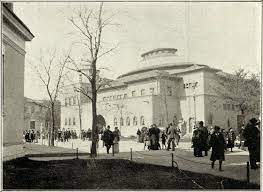
Because of the railroad, Chicago was very accessible and affordable for Kinsleyites. In July, the Santa Fe Railroad lowered its round way ticket to Chicago to $25.25. It advertised: “The Columbian Exposition represents the world in miniature. You get a European trip without the ocean voyage.” (Kinsley Mercury, July 6, 1893)
According to the social news in the papers, many of Kinsley’s citizens visited the fair during its six months’ run from May to October. I went to the Edwards County Museum to see if anyone had donated any souvenirs from the fair to their collection. I found a program from the St. Louis World’s Fair in 1904, but nothing from Chicago.
Then I remembered that I had inherited souvenir spoons from my grandmother, Bessie Seeley LaRue (1887-1973), and I knew one was from the St. Louis Fair. I wondered if it were possible that I had one from Chicago. Opening the silver pouch, I discovered that I did, along with another one from the Pan-American Exposition in Buffalo N.Y. in 1901
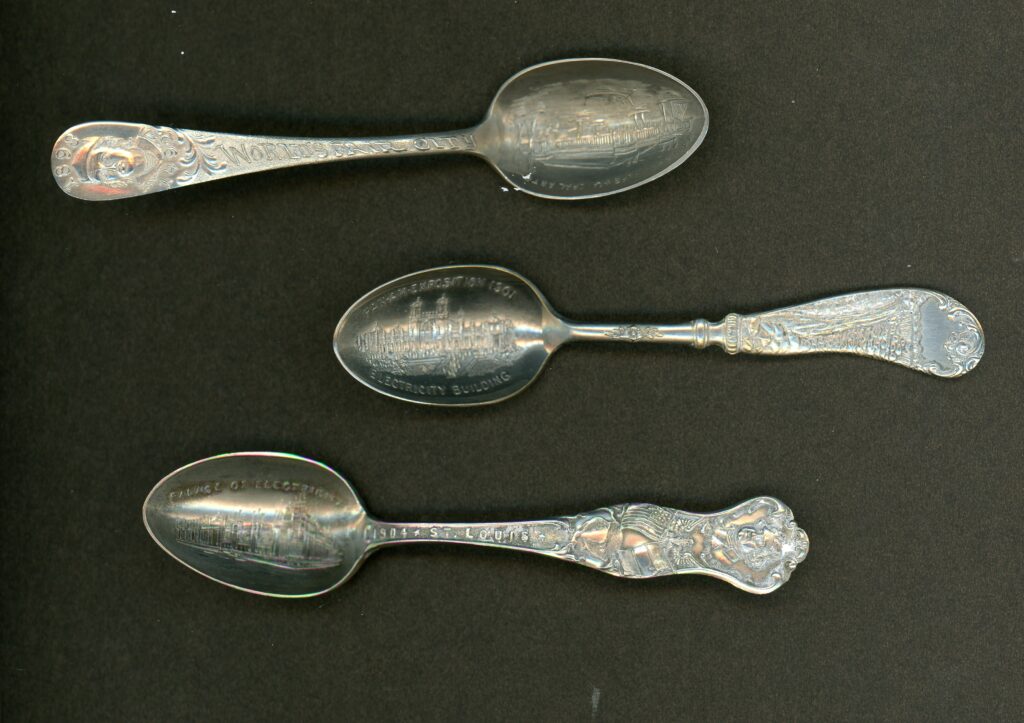
My grandmother was too young to attend these fairs, but It is an interesting how she acquired the spoons. Her father, Mark Riley Seeley (1860-1955) raised Holstein-Friesian dairy cattle on his farm in Farmington, Michigan. He was the first to import this breed to Michigan after making a trip to Holland c. 1883.
A couple stories have been handed down in the family about this trip. He told my father that he went to a party attended by Prince Edward (later King of England 1901-1910.) My Grandma Bessie also told my cousin that he was glad that he had to change ships for his return voyage with the cattle as his original ticket was on one that was shipwrecked.
Mark Seeley became a respected breeder and a charter member and officer of the Holstein-Friesian Association of America which was formed in 1885 (and remains the Holstein Assoc. to this day). He was a judge of Holstein-Friesian cattle at state fairs, the Canadian National Exposition in Toronto, and I believe, the St. Louis and Chicago World Fairs. He would bring back a souvenir spoon for Bessie from these trips.
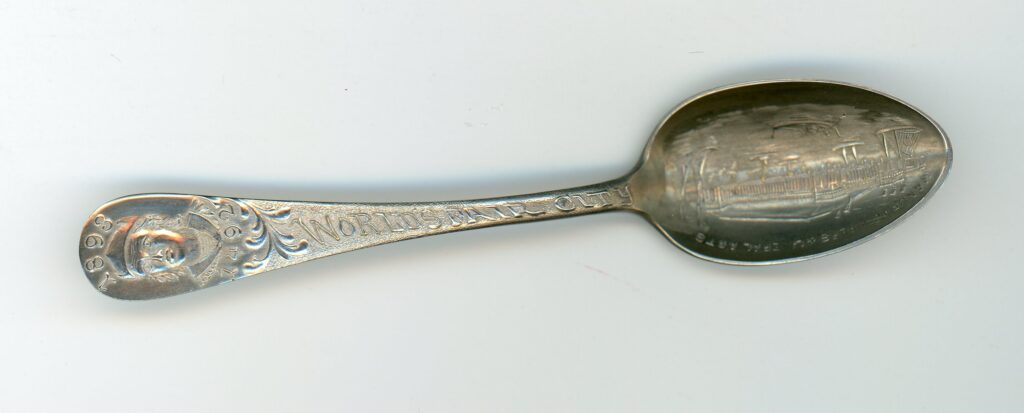
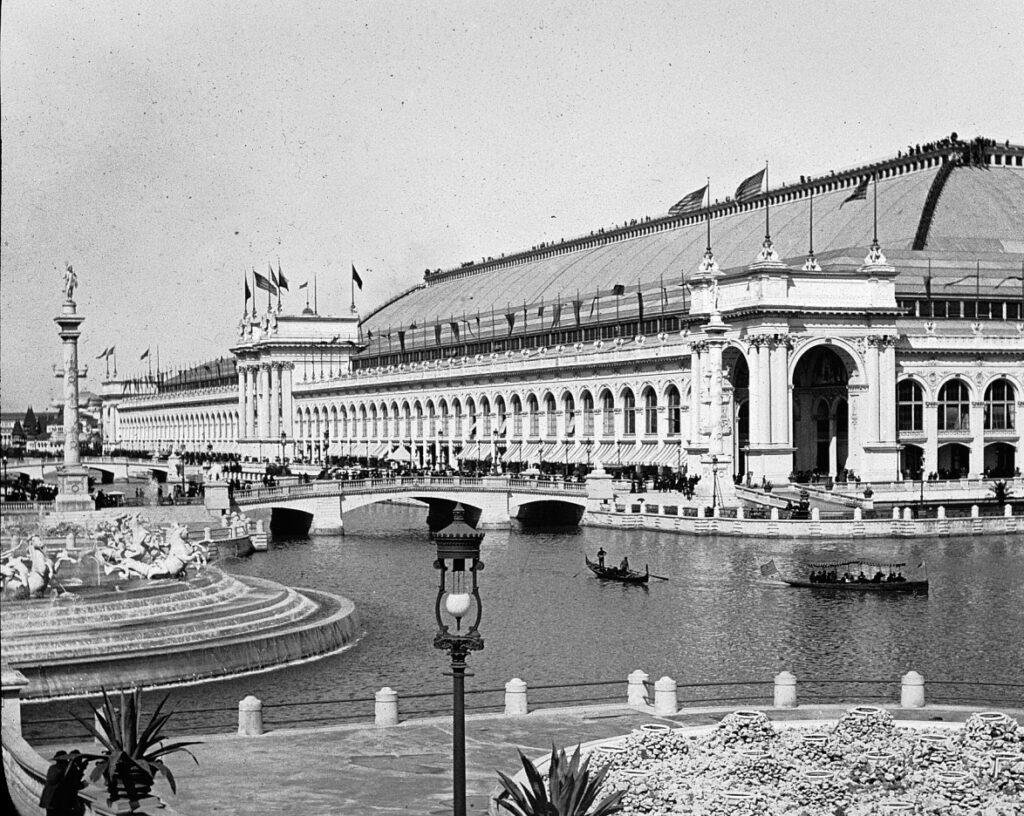
I included this personal family history in this article to encourage all of you to document the family artifacts you may have. I would love to be able to talk to my father or grandmother to get more information about this great grandfather, but that is no longer possible. I encourage you to take some time to write down the stories that go with your family memorabilia before they are lost.
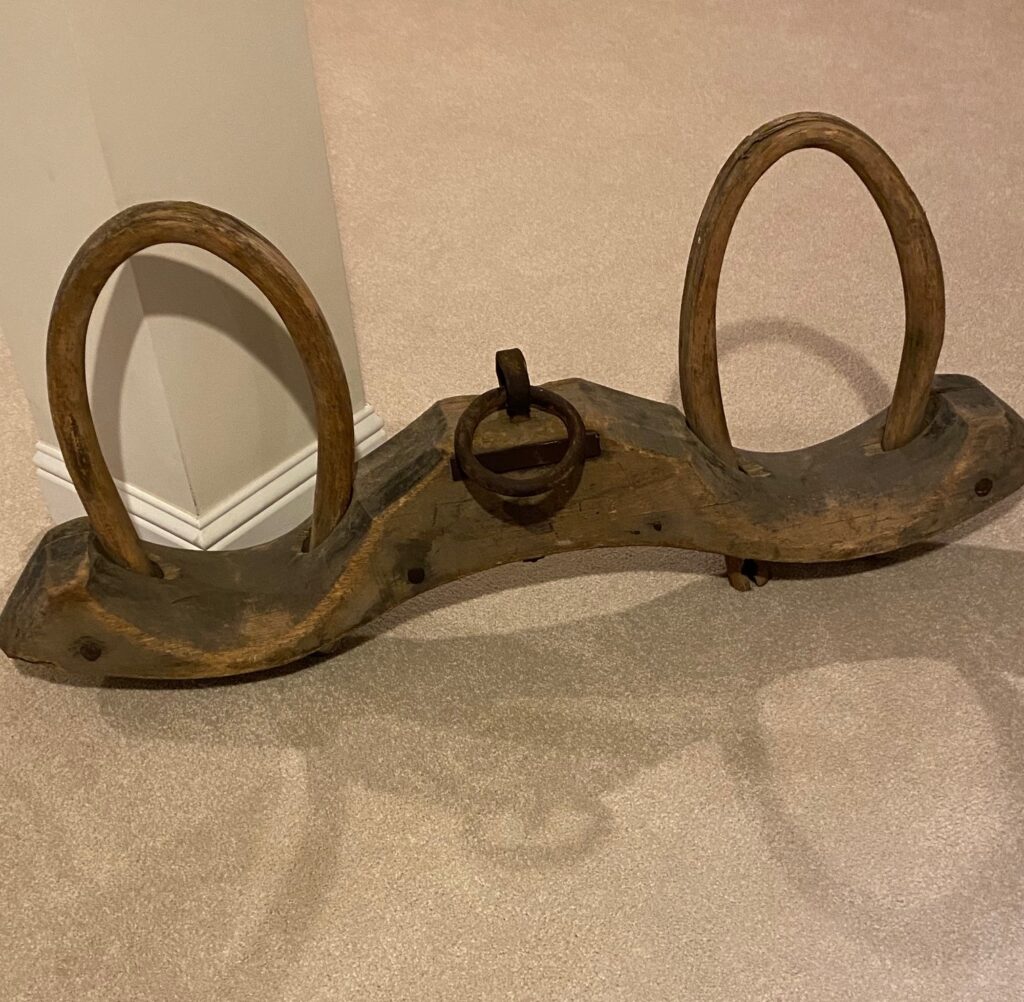
from Holland by boat in about 1883 when he brought a boat load to Michigan.

